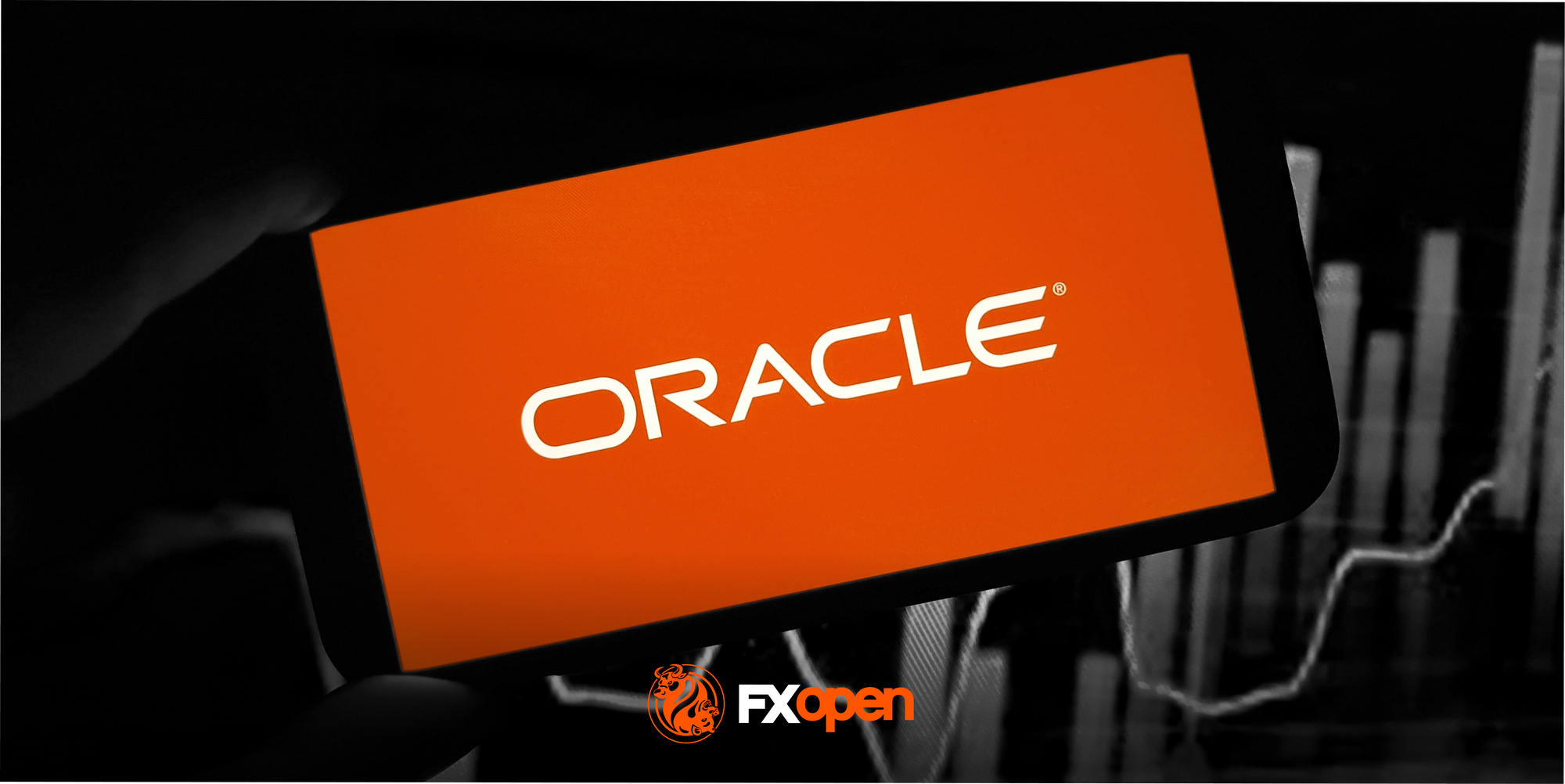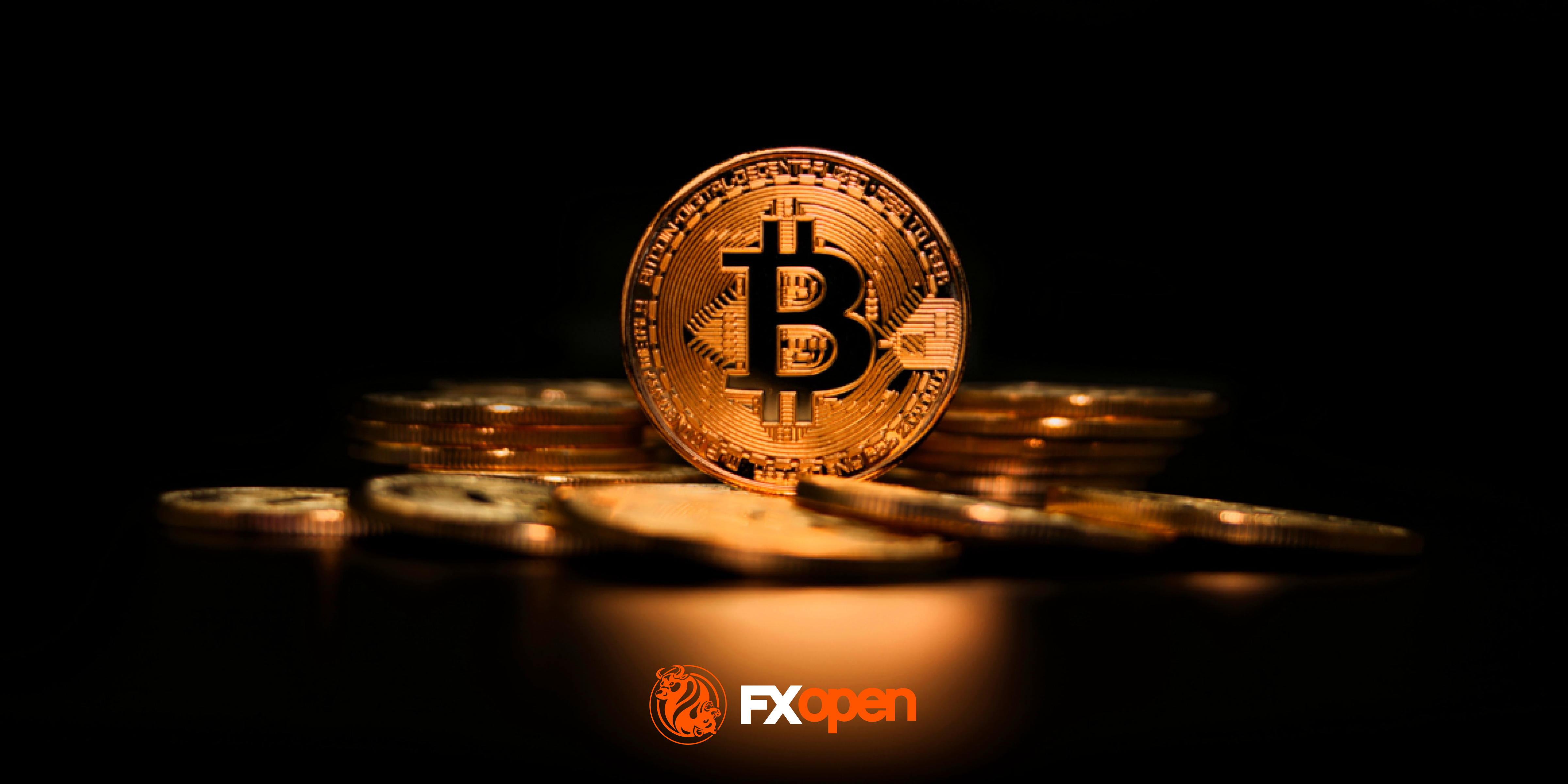FXOpen

Almost a year ago, the FTSE 100, which is a prestigious index comprising the most prestigious blue-chip stocks of companies listed on the London Stock Exchange, hit 8,000 points for the first time in history.
The euphoria that accompanied this historic breakthrough in mid-February 2023 echoed a similar response in 2021 when the index broke the 7,000 barrier for the first time ever. However, the brief venture above the 8,000 mark was relatively short-lived, and since then, the FTSE 100 index has languished anywhere between the mid-7,200 range up to the 7,700s during the last three quarters of this year.
Before the markets made their annual break for the holiday season that has just passed, the FTSE 100 index began to show a steady upward climb, which has been relatively consistent since October 27's low point of 7,259 at FXOpen<!--
Now, with the markets reopening this week, the FTSE 100's upward direction has continued to demonstrate buoyancy, and the possibility of reaching the lofty heights of 8,000 points is once again being openly discussed by market participants.
As the London trading session opened this morning, the FTSE 100 index jumped from 7,715 to 7,742 at FXOpen, giving further weight to opinions in mainstream media last week that a revisitation of the 8,000 mark may be in sight.
The reasons for this rally are being viewed by many analysts and commentators in a very basic form, largely centred on the possibility that central banks in Western continents, in which the main headquarters of companies listed in London and included in the FTSE 100 index, may reduce their interest rates as the talks about ending the prolonged policy of increasing them over recent years in an attempt to counter inflation.
In Europe and North America, the central bankers have taken a very hard line on inflation and continued to increase rates even though inflation had been reducing and under control for some months, causing a cautious line to be taken by investors as well as corporations which may have found their monthly commitments costing more over this period.
With reduced rates, more disposable income for corporate growth would arise, hence the assumption that a rise to over 8,000 for the FTSE 100 may take place.
This is a very simplistic approach and could be an easy assumption. However, there is far more to it than just assuming that central bank policy is the only driving factor as we head toward 2024.
The FTSE 100 index is, unlike the tech-centric NASDAQ in New York, very traditional, with large, well-established corporate giants represented. The sectors are much less volatile and more bricks-and-mortar focused, with some companies having been established for hundreds of years.
Banks, large construction companies, entertainment giants, telecommunications firms, retail magnates, and supermarket conglomerates make up some examples of sectors included, and these have been doing reasonably well in the United Kingdom recently.
The overall stability of the British economy - no bank demises or near misses with national debt ceilings - and a steady output with the cost of living crisis being managed by the stoic nature of the British workforce, which is renowned for its resilience, has been testimony to the strength of an island which represents one of the largest and most influential economies in the world.
The current climbing nature of the FTSE 100 index is interesting indeed. There is only one way to find out if it actually does reach 8,000 points in early 2024, and that is to track its progress.
Trade global index CFDs with zero commission and tight spreads. Open your FXOpen account now or learn more about trading index CFDs with FXOpen.
This article represents the opinion of the Companies operating under the FXOpen brand only. It is not to be construed as an offer, solicitation, or recommendation with respect to products and services provided by the Companies operating under the FXOpen brand, nor is it to be considered financial advice.
Stay ahead of the market!
Subscribe now to our mailing list and receive the latest market news and insights delivered directly to your inbox.








